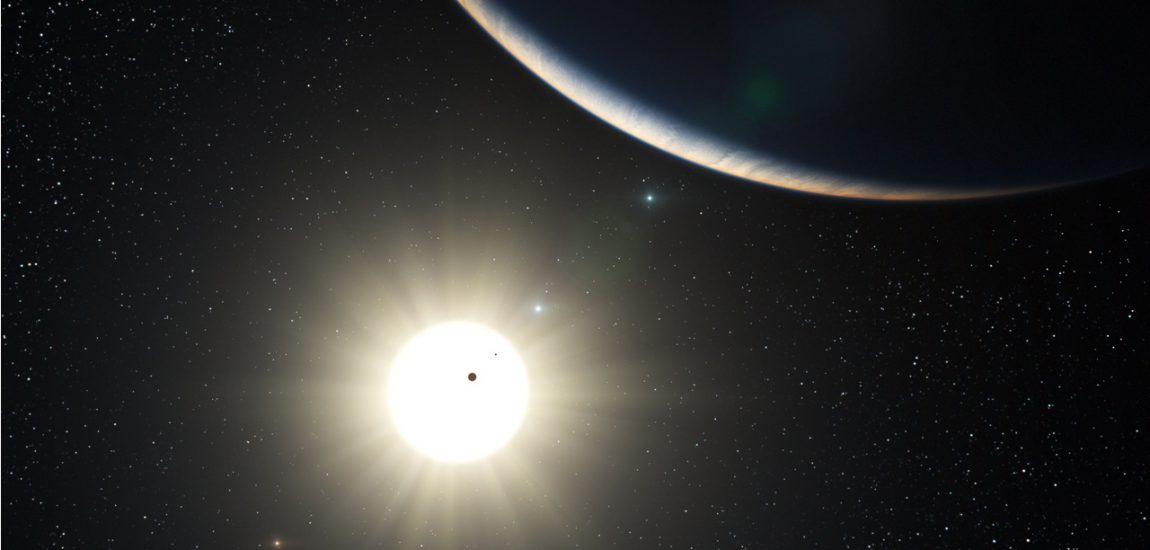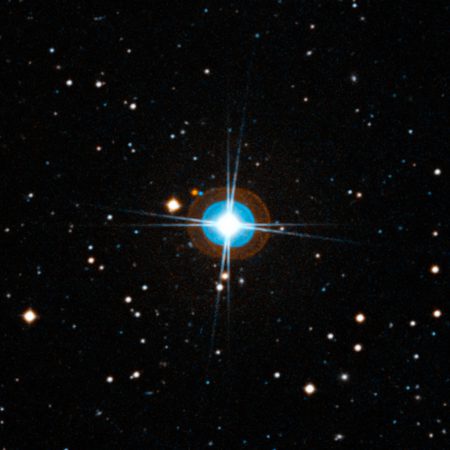
A Multiplicity of Worlds
Undoubtedly the most exciting exoplanet news of the past week is the discovery of a star system with a total of 9 potential planets, surpassing even our own Solar System in terms of planetary diversity. University of Hertfordshire astronomer Mikko Tuomi discovered the bustling planetopolis around the enigmatic star HD 10180, a Sun-like G-type main sequence star 127 light years distant, using a probabilistic Bayesian analysis technique.

HD 10180 has been known as a multi-planet system since 2010, but the last analysis of the HARPS data available for the star, carried out by Christopher Lovis last year, seemed to indicate a 6 or 7-planet system was most likely. However, the novel probabilistic methods used by Tuomi are more computationally intense than those previously applied, and confirm the findings of Lovis whilst also adding a further two planets to the planetary inventory of HD 10180.
Tuomi’s Bayesian method, which seeks to evaluate a number of possible scenarios to determine which is most consistent with the observations, finds that an orbital configuration including an eighth and ninth planet, with masses 5.1 and 1.9 times that of the Earth respectively, returns a 99.7% probability.
The planets themselves, denoted HD 10180 b through h, are a diverse bunch, including two Earth-mass terran planets, one superterran, five neptunian and one jovian-sized planet, and all are contained within 3.5 AU – roughly the distance of the asteroid belt between Mars and Jupiter in our Solar System. Despite their proximities, the orbits are predicted to be stable over astronomical time.
The image above, from the Habitable Exoplanets Catalog, provides a visualisation of the orbital system and a comparison of the sizes of the planets. Note that one neptunian, HD 10180 g, is within the habitable zone but is unlikely to be habitable given its large mass, at least not by our definition.
That’s an extraordinary array of sizes and shapes crammed into a comparatively small area, and unseats our Solar System, with a certain 8 planets (excluding trans-neputunian objects, asteroids and dwarf planets – sorry Pluto fans!), from atop the pile of planetary richness, all the while adding to our understanding of the mechanisms of planetary system formation.
Whilst this is certainly an exciting discovery, should we be surprised by the apparent ubiquity of multi-planetary systems? It would be more unusual if this architecture wasn’t the norm, given model predictions. Writing for his Scientific American blog Life, Unbounded, astrobiologist Caleb Scharf notes that the combined masses of the HD 10180 planets would only amount to roughly half that of Jupiter, and given the star’s similarity to our own Sun, its proto-planetary circumstellar disk should have contained a similar amount of material. Therefore, it wouldn’t be surprising if more planets lurked in the HD 10180 system somewhere!
In fact, the same could be said for any of the planetary systems we have detected so far as well as those that we find in the future. Our detection techniques remain biased towards massive, short-period planets that produce readily identifiable signals, particularly when using the radial velocity method, and we suffer from the fact that we have only been collecting data for a few years and so may have missed more orbitally distant, longer period planets.
However, as with most exoplanet discoveries, the detection of this diverse family of worlds serves to put our planet into some wider perspective – to challenge the notion that Earth and this solar system are particularly unique, at least in an astronomical sense.
Solar systems, it seems, are everywhere.
